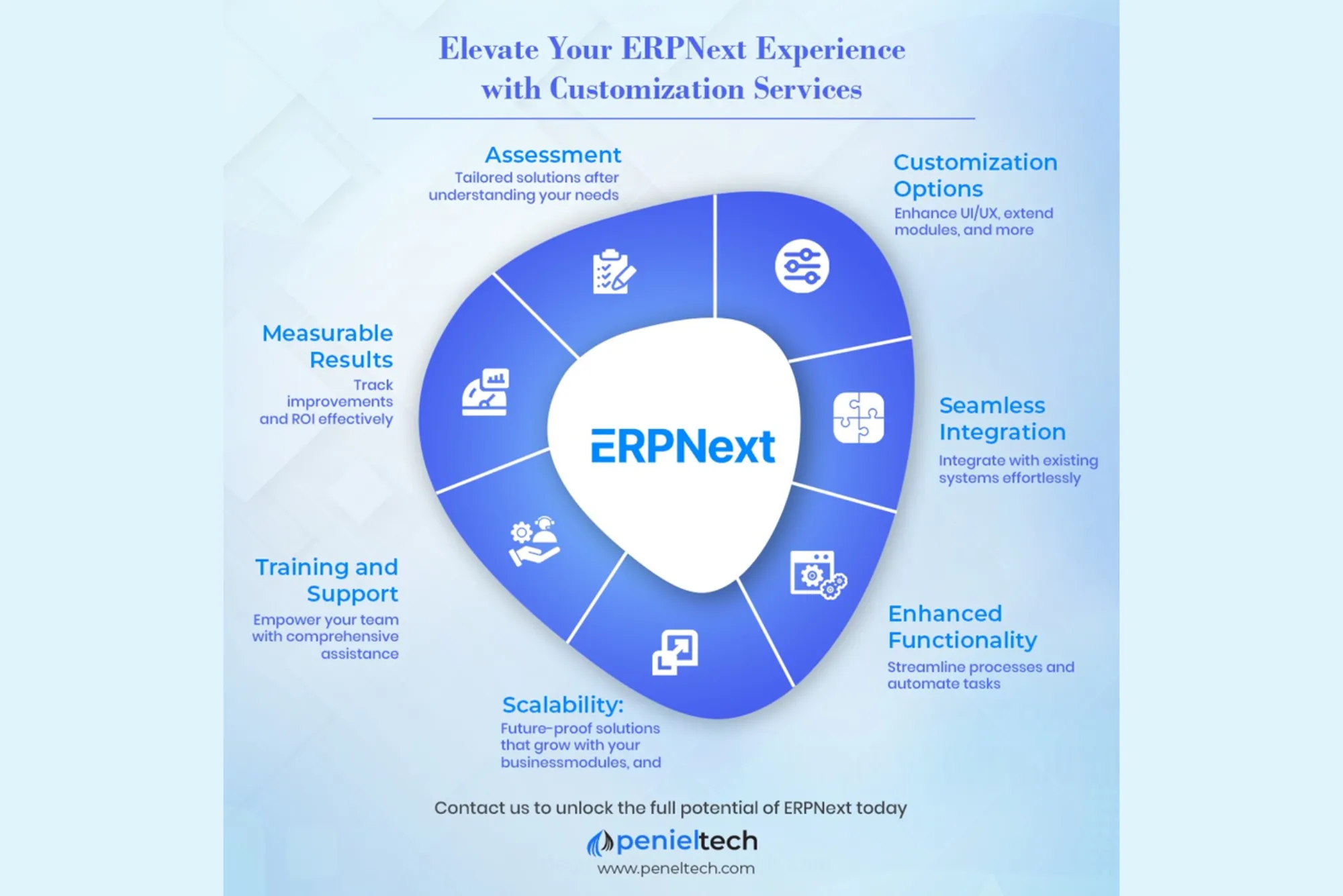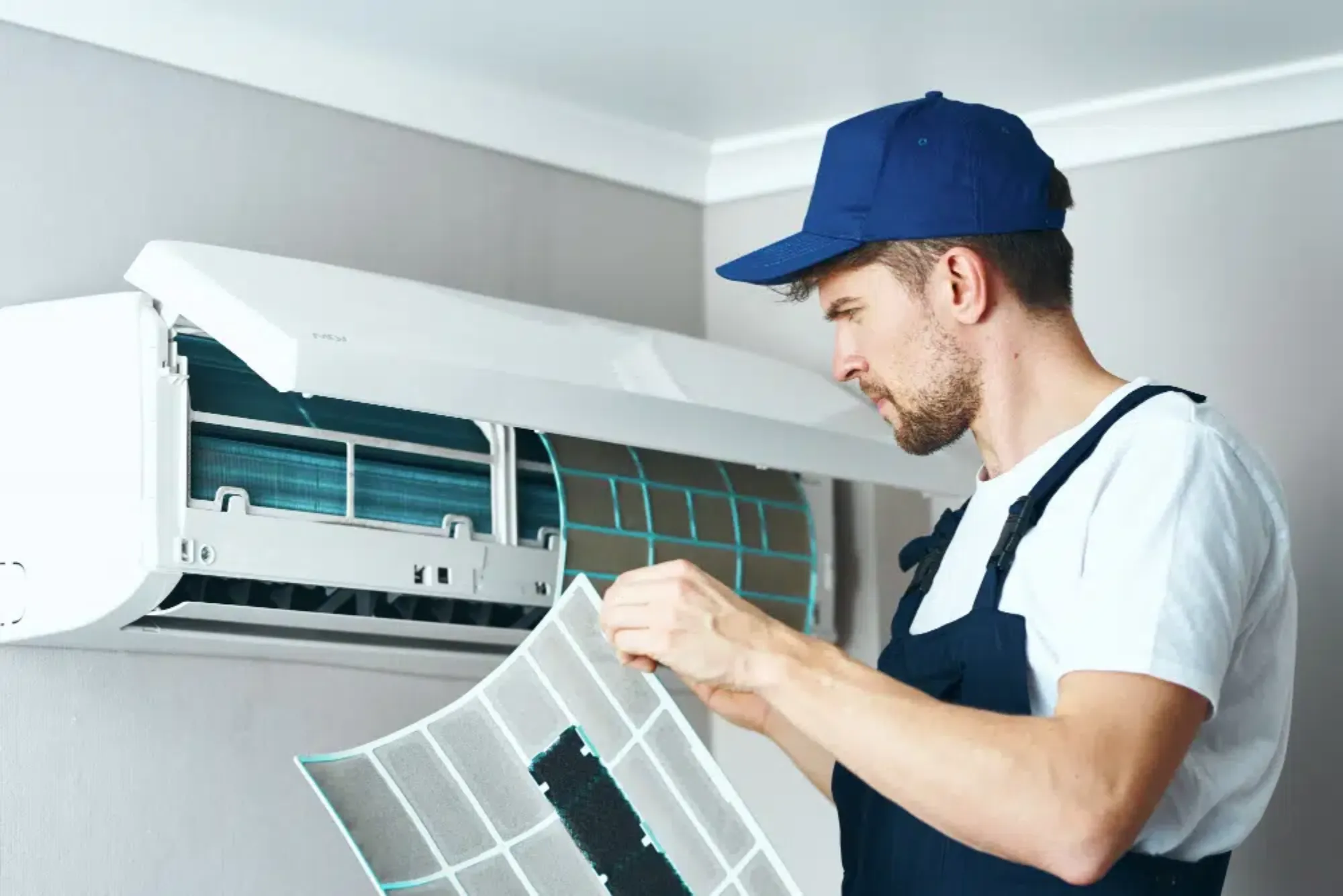The greatest ERP software supports your company’s organizational operations, process simplification, and data-driven decision-making in the ever-changing business world of today. Originating in the 90s, these systems have progressed with technological improvements, but difficulties like unsupported software and limited scalability emerge as they age.
Upgrading or replacing an ERP is a crucial decision that entails a large financial commitment and risk, yet continuing to use an antiquated system can impede development and innovation. This handbook provides a road map for companies to decide when and how to think about making changes that will coincide with their goals for expansion and vision.
What is an ERP System’s Typical Lifespan?
The typical effective life of an ERP system is five to ten years. ERP systems have a limited lifespan, just like any other technology solution. But there are a few variables that could affect this length of time:
Flexibility to Meet Business Needs. An ERP system’s main objective is to meet the operational needs of a company. The system may require replacement earlier than expected if it cannot handle growth or is unable to adjust to changing business conditions.
Technological Advancements. New features and functions are routinely released due to the rapid progress of technology. Systems that are unable to adapt to these developments or that become incompatible with other contemporary instruments may age more quickly.
Upgrade if the new ERP version is comparable to your present one and it will save you at least 25% of the cost of a complete deployment. If not, consider the expenses and difficulties of novel approaches.
In general, upgrading is quicker and less expensive. For a mid-sized corporation, a complete ERP replacement can cost anywhere from $40,000 to $2,000,000 and take up to a year to complete. Pick according to your requirements, financial situation, and the range of possibilities accessible.
Simplify Your Finances with Payplus Card Balance Check Online
Managing your finances has never been easier. With the payplus card balance check online feature, you can instantly access your card balance from anywhere, anytime. This convenient solution ensures you stay updated on your spending, helping you plan effectively. Save time and avoid surprises by checking your balance today!
Why do you need to replace or upgrade the ERP System?
1. There is no support for your present ERP system
It’s time to switch to a new ERP software if your ERP vendor is no longer supporting it. Here, we are discussing products that have reached the end of their useful lives. The vendor may switch to a new program or get acquired by a larger company. The acquiring company might not continue developing your product. Operating your entire company’s system without sufficient assistance is risky, even if everything seems to be running smoothly.
2 You don’t have the necessary features in your present ERP software.
The software release cycle varies based on your ERP vendor. It could happen less frequently or more frequently that you receive access to new features. Additionally, the vendor will decide exactly what those additional features are. In other words, certain ERP solutions will be able to adapt to changes in the market more quickly than others. It’s time to assess a new ERP system if you discover that your outdated ERP solution is out of date and that your company isn’t making use of newer features.
3 You’re making compromises with procedures.
Recall the period before the deployment of your initial ERP system. I’m sure you had to find a lot of workarounds to get your systems to function the way you required. When their historical ERP solutions become antiquated, many businesses find themselves back in a situation like this. Even though their industry is constantly evolving, they are still attempting to operate on outdated technologies. This is a common occurrence when attempting to integrate outmoded ERP technology with cutting-edge new best-of-breed alternatives.
4 You cannot continue to grow with your current ERP.
Considering the future direction of your company, you require an ERP system that is both flexible and strong enough to grow with you and adjust to new developments as they happen. Your current ERP system isn’t prepared to support you going ahead if you’re facing any of the problems we’ve covered.
5 Scalability Challenges
ERP scalability and the growth and expansion of your company are directly related. Consider the increasing amount of data in your expanding company. Contrast the system’s ability to adjust storage with the growth. Unfortunately, legacy ERP systems are built for specialized tasks and can’t extend beyond their existing framework, making them ill-equipped for expanding operations.
6 ERPs lacking AI integration
AI-driven ERP provides several advantages. These include data management, business intelligence, and business process automation. They can give you a competitive advantage.
Let’s say you continue to use antiquated software that is devoid of AI features. It may hinder your access to improved analytics. It can prevent you from using business analytics tools. This makes it more challenging to react quickly to unforeseen problems. It also prevents you from making the best decisions.
7 Slow upgrades
Upgrades and support are no longer available for legacy ERP. You are therefore forced to use what you have, and changing your current setup will become expensive. If you do not regularly update your software, you are losing out on quick fixes and jeopardizing your online security. Frequent software updates provide several advantages, including repairing security flaws, eliminating out-of-date features, enhancing current features, and adding new ones. Updates can also improve the ERP’s performance by delivering faster functionality.
8 High expense of maintenance
Because legacy ERP requires a multitude of software subsystems, maintaining and operating outdated technologies is more expensive. Even with significant spending on maintenance, your outdated system continues to perform poorly. This negatively impacts the output of your staff. Furthermore, the use of integration tools exacerbates these expenses. Integrating several devices becomes a high-maintenance issue because each tool will be updated.
9 Decrease in Productivity
Security flaws, problems with legal and regulatory compliance, and frequent outages are other warning signs of an antiquated ERP. The unstated expense is decreased productivity. Continuing to use old software keeps your team in preventative and maintenance mode. It subjects them to tedious manual labor instead of focusing on high-value projects.
Benefits of Upgrading ERP Software:
Upgrading your current ERP system offers cost-efficiency advantages. It is generally less expensive than a complete replacement, especially when considering training and data migration.
Employee acclimatization to the current system has already occurred, which lowers the learning curve and possible resistance.
Maintenance of Customisations. You can keep the current settings and customizations that suit the particular requirements of the company.
The Bottom Line
Putting in place an ERP system is a huge move that will change an organization’s operations and the technical landscape. Ensure a smooth transition and optimize the advantages of the new system with careful planning. This includes specifying exact requirements, reconsidering procedures, and allocating time for modifications.
Success in embarking on the revolutionary path of ERP implementation depends on more than just the software. It hinges on people and procedures that the software enhances. Thorough preparation, stakeholder participation, and a vision for a more integrated future are essential. Organizations can overcome ERP installation hurdles and lay the foundation for long-term growth and efficiency with these elements.
We are Official ERPNext Partner in the Middle East.




